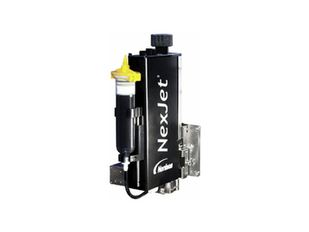The air bubbles caused by the curing of the glue machine are related to this element
Release time:2024-05-08Publisher:Jeenoce
More and more companies are choosing to use glue machines instead of manpower. The application of glue machines can not only save labor costs but also improve productivity! However, in the entire process of applying the glue dispenser, it is inevitable that everyone will encounter such difficulties. If technical expertise is not carried out to solve them, it will greatly endanger everyone's glue dispensing efficiency. Below, JEENOCE will explain the reason why the glue dispenser causes bubbles after solidification!

Element 1: During the entire process of the glue filling machine, gas is introduced during the mixing of the strong glue. However, the gas is not completely extracted during the introduction of the product and the entire solidification process, resulting in a lot of gas entering!
Condition: The glue machine causes small bubbles after solidifying the glue
After mixing the main agent and curing agent together, we can use a two-component glue dispenser to extract the gas inside the strong glue. Then, we can activate the heating system software of the glue dispenser to first heat the product to be glued. Then, we can choose to carry out the glue curing work in a humid natural environment, which can reasonably ensure the formation of bubbles after the glue dispenser solidifies!
Element 2, the reflection of moisture and curing agent causes the vapor to form
Condition: The glue machine causes very large bubbles after solidifying the glue
1. The main agent has already been applied several times, and there is moisture infiltration throughout the entire mixing process of each glue filling machine, which is also likely due to the outer cover of the packaging not being tightly closed.
2. The glue dispenser contains too much internal moisture in the glued products. It is suggested to heat the products before gluing.
3. The surface layer of the main agent and curing agent compound reflects the internal moisture in the surrounding air. Everyone chooses to solidify it in a dry natural environment or place it in a high-temperature drying oven.
4. The main and curing agent compounds of the liquid are likely to have touched other compounds (such as organic solvents, release agents, topcoats, strong adhesives, etc.) before curing.

